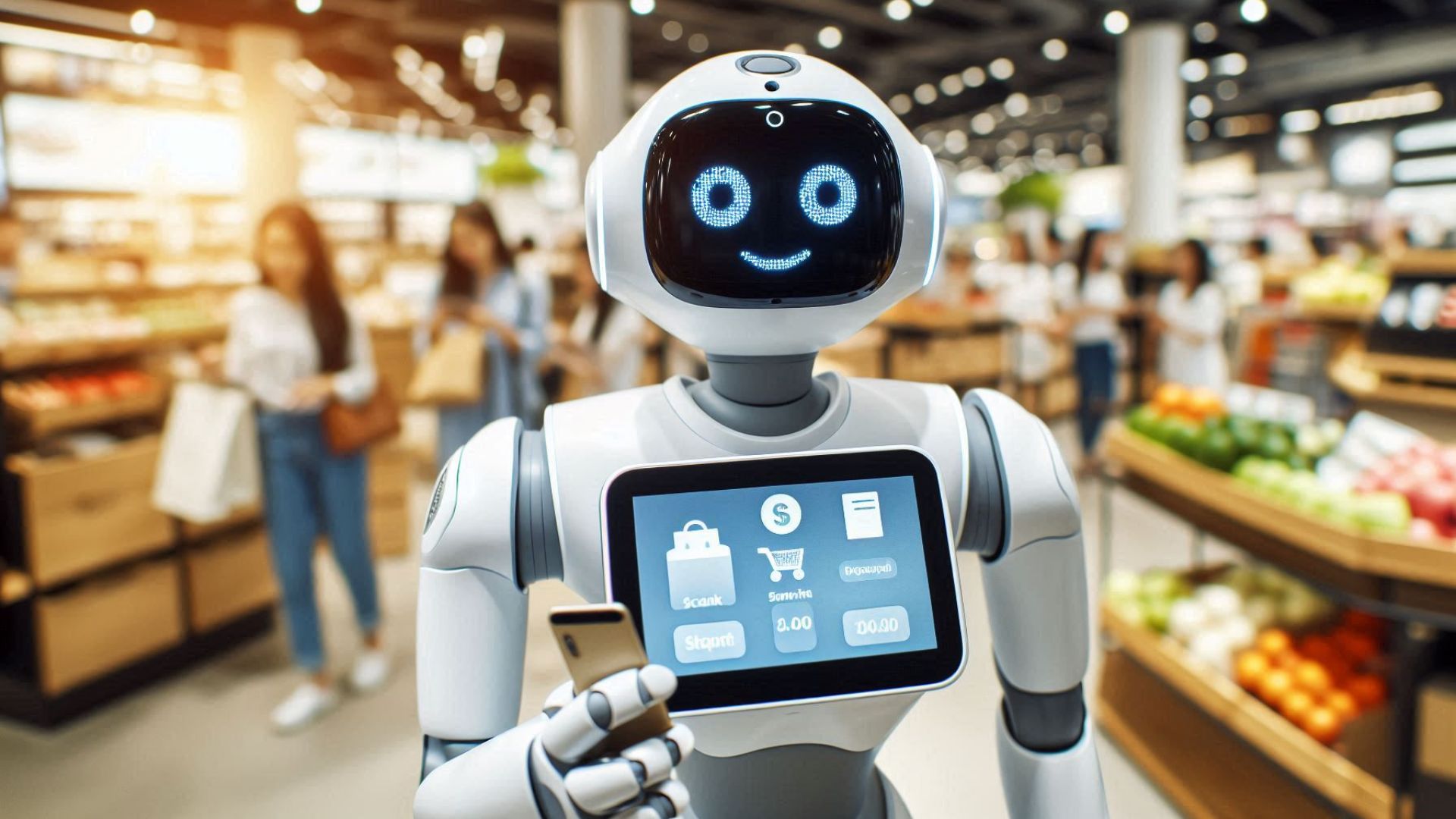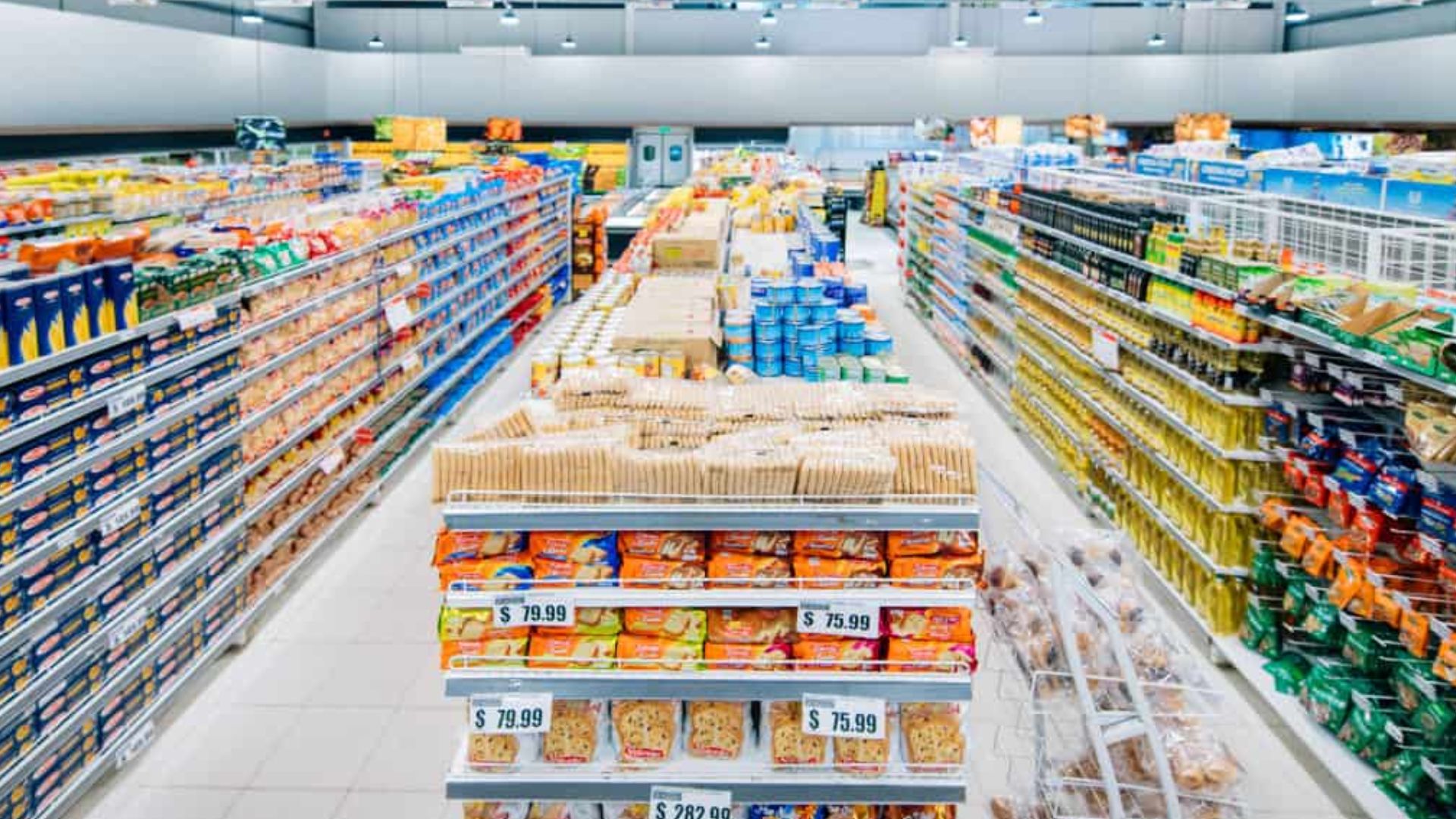AI is transforming almost all industries, and CPG is no exception.
Consumer Products Goods (CPG) companies deal with massive numbers of customers, products, and stores daily. Facing stiff competition and changing consumer tastes, these companies turn to AI for solutions.
By embracing AI, these brands and manufacturers can tap into real-time market insights, cut costs, streamline operations and make smarter decisions.
AI is becoming a vital tool throughout the CPG value chain, from managing retail audits, identifying operational gaps and everything in between.
Its ability to uncover hidden patterns and behaviors in data is helping companies stay ahead of the game.
As a result, some companies are diving into AI exploration, while others are seeking guidance from CPG AI consultants.
According to the latest Gitnux Marketdata 2024 report, 70% of CPG companies aspire to use AI for real-time consumer tracking; 33% use it for personalised marketing, leading to a 10% sales boost over 10%.
Here we cover how AI is used in CPG and how it impacts various parts of retail companies. Keep reading to find out how AI can help you streamline business operations, increase sales, boost customer experience, and improve logistics in the world of CPG.
Top 5 Use Cases of Artificial Intelligence (AI) that are Transforming CPG Brands and Manufacturers
Take a closer look at the top artificial intelligence use cases in 2024 and beyond.
1. On-Shelf Inventory Management
AI is totally shaking up how on-shelf inventory is managed across stores ensuring must-stock items are always available for in-store customers. Here's how it's making waves:
- Remote shelf monitoring: Combining AI & Computer Vision technology can enable CPGs track how their merchandise on every shelf, at every store.This helps companies keep just the right amount of stock, avoiding stock outs or overstocking situations.
- Alternative to manual store audits: Manual audits are slow, time taking and error prone with a delayed turnaround time for reporting. With AI and Image Recognition capabilities, manual audits are being replaced by click & go audits which involve in-store image capture using mobile or shelf mounted cameras. This is delve more deeply further.
- Optimised distribution: AI-powered platforms give real-time updates on store shelf activity thus helping optimize their inventory and distribution ensuring the right quantity of stock is delivered to the right store at the right time.
- Improved brand visibility: With essential products always on the shelves, CPGs can ensure increased in-store brand visibility. This helps shoppers discover their favorite products immediately and easily, making shopping hassle-free.
2. In-store Shopper Experience
AI in the CPG industry is like having a super-smart assistant dedicated to making customers happy. Here's how it works:
- In-store Assistance: Shopping can be an overwhelming activity. Imagine having an AI-shopping assistant that helps you navigate a store and guide you to find your specified products at its right location.
- Personalised Recommendations: Ever notice how Amazon suggests products its customers might like? That's AI at work, analysing what your customers bought before to suggest things they might want. It's like having a friend who always knows the perfect gift.
- Keeping Customers Happy: AI can predict when customers might leave and help companies keep them by offering personalised deals or rewards. It's like having a store that knows exactly what your customers like and gives its customers special treatment.
- Always Available for Help: AI chatbots are there to help your customers 24/7. They understand what they’re asking, just like talking to a natural person.
3. Retail Store Auditing
AI technologies such as image recognition, barcode scanning, and OCR (optical character recognition) are revolutionising retail store audits, simplifying and authenticating the process.
- Product Displays on the Shelves: AI-powered image recognition software like ShelfWatch by Paralleldots scans store shelves to precisely identify products, their placements, and how they're presented. This ensures products are adequately stocked, positioned, and visually appealing to customers.
- Store Operations: AI streamlines store audits by automating repetitive tasks. Instead of manual checks, AI algorithms analyse images to assess shelf conditions, freeing staff to focus on other critical tasks.
- Inventory Supplies: AI helps CPG brands optimize inventory management by monitoring shelf stock levels through image recognition. This prevents overstocking or under-stocking issues and ensures products are available when customers demand them.
- Planogram Compliance: AI technology ensures compliance by comparing actual shelf layouts with the intended plan. Any deviations are flagged, enabling CPG brands to rectify errors and maintain consistent product placements.
- Competitive Intelligence: AI-powered retail audits provide valuable insights into competitors' products and pricing strategies. By analysing shelf data, CPG & retailers can adjust their approach to stay competitive.
- Product Pricing and More: Optical character recognition (OCR) technology within AI systems scans price tags and labels, ensuring accurate pricing information is captured during audits. This helps retailers maintain pricing consistency across stores.
Also read: The Ultimate Guide to Retail Audit Software
4. Effective Trade Promotions & Compliance
AI is transforming marketing and advertising for CPG brands, shaking up how decisions are made and campaigns run. Here's how:
- Smart Decision-Making: AI and Image Recognition can help analyse if in-store trade marketing promotions are displayed correctly and are effective in conveying its message.
- Trade Compliance Adherence: Identifying and flagging stores that violate promotion compliance can impact the ROI of your trade spends.
Also read: Benefits of Image Recognition in Trade Promotion
5. Sales Improvement
AI is a game-changer for boosting sales in consumer packaged goods (CPG) companies. Here's how it works:
- Data-backed Decision: AI and Image Recognition can deliver real-time insights that empowers sales and category teams to make data-backed decisions that improve their retail strategies.
- Improved Retail Execution: Having real time visibility on retail execution can enable fix gaps such as out of stocks, misplaced products and non compliance. This enables seamless product discovery on shelves by shoppers and in turn boosts sales.
- Optimized Retail Spends: Store compliance can be an important factor to determine brand standard. This helps CPG save on trade speed and get better ROI.
Also read: Boosting Store Sales by Improving On-Shelf Visibility - A Complete Guide
Conclusion
Integrating Artificial Intelligence (AI) in the retail and CPG industries reshapes how businesses operate and interact with customers. By leveraging automation and data analytics, companies can enhance efficiency, personalize experiences, and accurately forecast trends.
The seamless data flow across channels enables retailers to provide cohesive shopping experiences, while AI-powered tools streamline processes from supply chain management to personalised marketing.
As AI advances, its adoption becomes essential for businesses aiming to thrive in a rapidly evolving marketplace. Embracing AI isn't just a choice anymore—it's a vital step towards staying competitive and meeting customers' changing needs.


